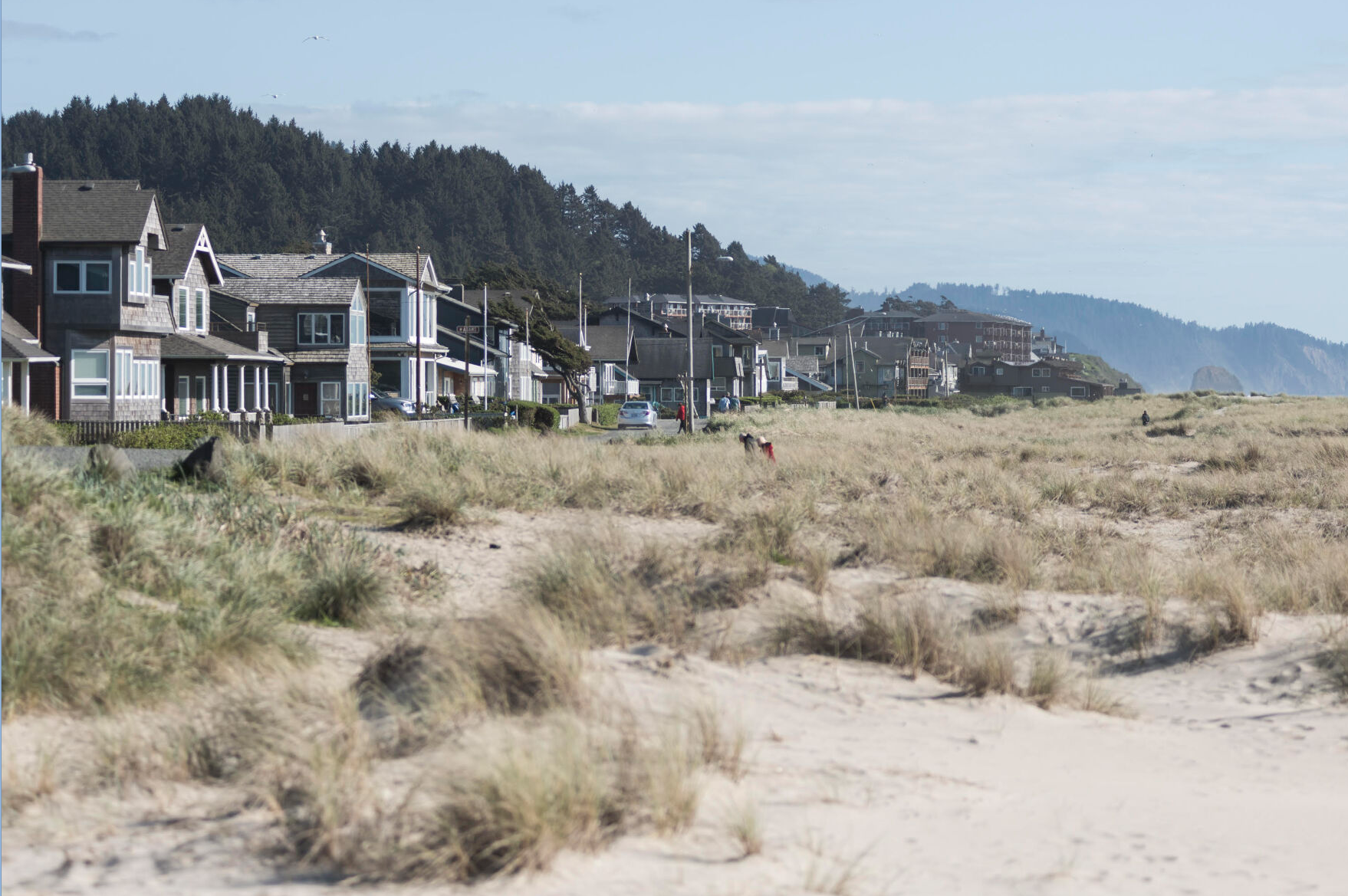Surfperch Fishing
Published 11:01 am Thursday, July 9, 2020
Enjoy walking the beach? Like to fish, but don’t have a boat? Then you might want to give “surfperch fishing” a try.
Trending
No boat is needed, and a general Oregon Angling License is all that’s required to fish for surfperch.
And what, you might ask, is a surfperch?
They are thin, saucer-shaped fish available year-round on the pacific coast. Surfperch (which includes different species, such as redtail and silver) can be as large as four pounds, but usually smaller. Pacific surfperch can be found from Alaska to Baja, California, and can be easily caught from piers, jetties and beaches.
Trending
Described as a “tasty little fish,” surfperch are best prepared grilled whole, crisp-fried or steamed, Asian-style. Fried surfperch are good in a sandwich on crispy bread, or in tacos with cheese, lettuce, tomatoes in a hard or soft tortilla.
“It’s a year-round fishery,” says Mark Akerill of Englund Marine in Astoria. “They are the tastiest in the winter, but they bite a lot better in the summer.”
When and where to catch: The Oregon Department of Fish & Wildlife tells us the ideal time to fish for surfperch “is in the spring and early summer, when they school up along sandy shorelines for spawning.” The best time of day to fish for surfperch is usually with the incoming tide, maybe an hour or two before high tide. Locations include steeply-sloped beaches, near rocky spots in the sand or sandy areas near jetties. Schools often congregate within 30 feet of the shoreline.
“If you go out in low water, look around for those big depressions where there are channels that go near the surf when the tide comes in,” says Akerill. “Perch move into those areas to feed. They’re definitely a schooling fish, so don’t be afraid to move up and down the beach.”
Also, “Off the jetty is probably where I’ve seen the biggest ones. Go out the south jetty, just past the surf and cast a long ways down the surf line. It’s an excellent spot.
“It’s a stick-and-move thing,” he said. “Try and find a soft spot in the waves where there’s a deep channel between you and the actual breakers. We live in a land of shifting sands. It moves back and forth. The channel is there for a while, and next year it’ll be gone.”
During big clam digs, “you have several miles of people digging holes in the sand, and they’re churning up worms, clams and all the little sand bugs. When the tide comes in it starts washing all that stuff out of those holes into the surf, so there’s a big long chum line, and it brings all that in for bait.”
The biggest thing, he adds, “is to warn people that if the surf is much over four or five feet, it’s probably not worth getting yourself hurt in a wave up to your neck. Be careful.”
Gear: Again, the ODFW recommends fishing with heavy tackle — not to land a two-pound surfperch — but to handle the heavy surf the fish live in.
Akerill said, “The wave comes in and pulls out really hard. The fish gets sideways in the surf, and if it’s a big fish it will turn sideways and use that surf against your rod, and sizzle your line back out there.”
A good starter for beginners could include a long (9- to 11-foot) rod capable of handling a 2- to 6- ounce weight, and a spinning reel large enough to hold 200-300 yards of 15- to 30-pound monofilament line. If you’d like to experiment first, some sporting goods stores on the coast allow you to rent rods and reels by the day.
At Englund Marine, “We’ve got pre-set up rods and reels on our rod racks, just ready to go for perch,” Akerill said. “The nice thing about the fishery, it does not take a lot to do it. You need a sinker, a crappie rig, a couple of hooks, and you’re fishing.”
For bait, he said, “The new gulp sandworms by Berkley are by far the easiest bait to use. Clam necks work okay, sand shrimp work great, but Berkley came out with a little camo sandworm pattern three years ago. It’s by far the hottest bait on the market.”
It’s easy to use, comes in a zip-lock pouch, and “it catches those things like crazy.”
What to wear: Waders if you don’t like the cold Pacific Ocean water. Other than that, shorts and sandals. It’s the perfect way too cool off on those hot summer days — which are a lot harder to find than the surfperch.
As Akerill says, “It’s a fun fishery, they’re delicious … no boats involved and no big expense.”









